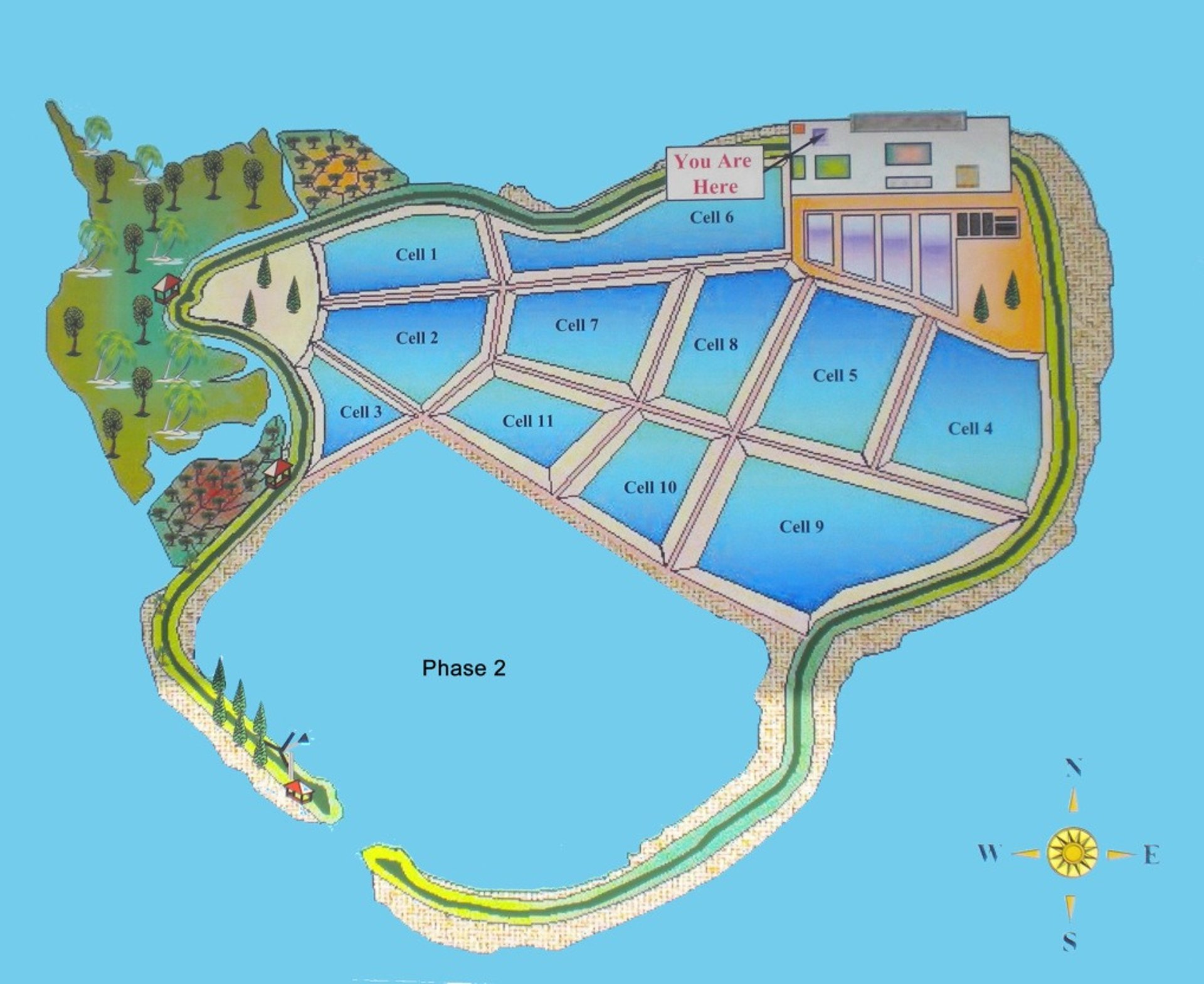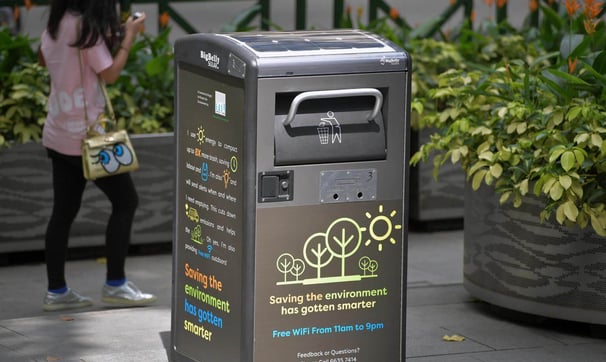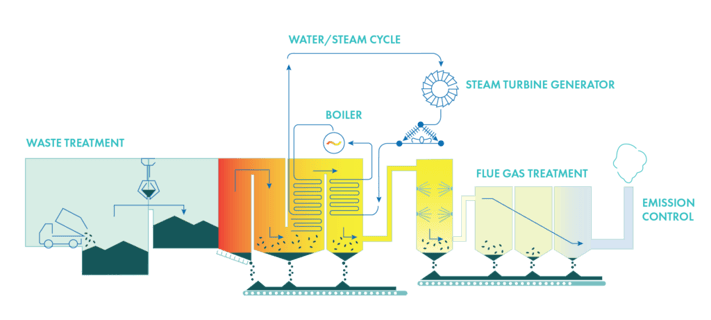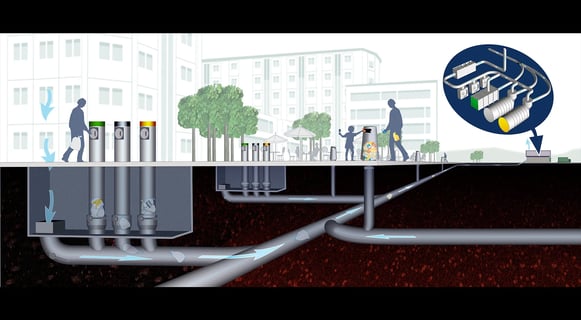
Effective Garbage Disposal: In-Depth Review of Singapore's Innovative Waste Disposal System
INNOVATIONCOMMUNITYEDUCATION
Krish Aggarwal
3/10/20255 min read


Human society sustains itself by transforming nature into garbage.
-Mason Cooley
Garbage is an immutable part of our lives. Wherever we go, we just create more waste, and there's nothing wrong with it. Humans being a society is going to create waste; every organism does, but the problems begin when we don’t properly dispose of the unused.
Some Facts:
Each year we generate 2.24 billion metric tons of solid waste.
By 2050 we are expected to reach the number of 3.88 billion metric tons annually.
Only ~19% of global waste is properly recycled or composted.
Around 33% of waste is mismanaged, burned, dumped, or just left there to rot.
The world produces ~50 million metric tons of e-waste annually.
Roughly 1.3 billion metric tons of food are wasted annually (about 1/3 of all food produced).
Food waste accounts for 8-10% of global greenhouse gas emissions.
These numbers are truly worrying. If this goes as it is, we will soon run out of space.
The Solution:
Singapore, the Lion City, has found ways to control this inseparable monster. They have created a specialized procedure that not only gets rid of the waste but also supplies them with most of their electricity. They have optimized such a system of management that you won’t see even a speck of garbage on the roads. They follow a specialized approach of 3Rs (Reduce, Reuse, Recycle). They have successfully distributed the responsibility of the garbage by dividing it among the user and the manufacturer itself.


Strategic Framework for Waste Management
3Rs Policy: -
3R stands for Reduce,Reuse,e and Recycle it is a policy enforced by the government throughout the nation for the segregation of garbage. Citizens and the companies are obliged to recycle 55% of the waste and for the construction 70% of the waste is to be recycled. Businesses should report their packaging needs to the National Environment Agency (NEA) and submit annual reports of material usage and reduction strategies. Supermarkets, for example, are required to report plastic bag consumption data, with a 22% decrease in single-use plastics since 2023.
Legislative and Economic Tools: -
EPR or The Extended Producer Responsibility regime introduced in 2021, holds product lifecycle responsibility to the manufacturers. The manufacturers now directly fund the retrieval and recycling centres, with 68% e-waste recovery rates as of 2024. Supporting this, the Pay-As-You-Throw (PAYT) scheme imposes variable waste collection fees per bin weight, with direct economic incentives to reduce waste. Pilot programs in Jurong West realized 31% reduction of waste among the pilot households within six months.
Technological Developments in Waste Treatment:
Waste-To-Energy (WTE) Plants
Singapore has four Waste-To-Energy plants in operation—TuasOne, Keppel Seghers Tuas, Tuas South, and Senoko—that incinerate 8,200 tonnes of municipal solid waste daily, generating 90% of mass into energy and reducing landfill space. TuasOne being the most technologically superior of them all: -
1. Automated Reception Halls: Truck-mounted AI directs waste into 15-meter-deep bunkers through weighbridge-optimized routing.
2. Enhanced Incineration: Grate furnaces offer 1,800°F combustion with rotary atomizers injecting lime slurry to neutralize acid gases.
3. Energy Recovery: 120MW/hour of steam turbines supply 240,000 homes and add 28% to the grid during peak demand.
4. Flue gas treatment uses catalytic fabric filters (CFFs) and continuous emission monitoring systems (CEMS) with particulate emissions maintained at less than 10mg/Nm³—50% tighter than EU standards.
Material Recovery and Circular Systems
You must think where does all the ash from all the incinerators go, they thought about it too.
Roads! Yes, you herd right they use IBA (Incinerator bottom ash) as a geopolymer to build the roads and pipes replacing 15% of Singapore's bitumen demand.
Pneumatic refuse collection systems in the Tengah and Punggol estates are efficient below ground: trash travels at 70km/h along vacuum networks to central compaction centres, reducing the mileage of collection trucks by 83%


Semakau Landfill: Engineering an Ecological Asset
They have made a specialized man-made island just for the proper disposal of waste and you guessed it right, it itself is made out of garbage.
The 350-hectare sea landfill employs a composite liner system:
1. High-Density Polyethylene (HDPE): 2mm-thick geomembrane with 10⁻¹² m/s permeability.
2. Bentonite Clay Layer: Swell-activated sodium montmorillonite for adsorption of leachate.
3. Geotextile Protection Mat: Shields against mechanical stress due to barged waste.
It protects the environment by not spreading the garbage in the sea by deploying some very basic but effective techniques like: -
Mangrove Phytoremediation: Filters heavy metals (34ha of plantations).
Coral Transplantation: 89% survival rate.
Its build in 2 phases
Phase 1 (1999-2015): 23M m³ of ash storage
Phase 2 (2015-Present): Real-time settlement monitoring for optimized compaction.
Smart Waste Management Ecosystem
Not only the disposal but also the collection is smart, they utilize A.I. and IOT to the max to gain the most optimized way for garbage management throughout the state.
Which includes: -
IoT-Driven Collection Networks:
Fill-Level Sensors: ±2% accuracy in detecting bin capacity.
AI Route Optimization: Reduces fuel consumption by 18%.
Composition Analyzers: Reduces recycling plant downtime by 37%.
Blockchain-Powered Recycling:
QR-Coded Bins: Earn SG$0.02/100g recycled.
Smart Contracts: Reduces fraud by 92%.
Material Tracking: RFID ensures 98% chain-of-custody accuracy.


Challenges, Future Directions, and Conclusion: -
Even though Singapore handles the rubbish better, it remains an issue that 40% of recyclable materials are commingled with rubbish and non-recyclable items. Initiatives such as the EcoPoints Program enable 230,000 Singaporeans to exchange recycling points for rebates for using the public ransport system, enhancing the cleanliness of recycled materials by 19%. AI-operated Sorting Assistants at HDB terminals give disposal instructions instantly, with 84% of individuals complying with these instructions. The Integrated Waste Management Facility (IWMF) that opens by 2028 treats toxic rubbish with plasma gasification (99.99% efficiency), anaerobic co-digestion for increased production of more biogas (120m³/tonne—three times the normal volume), and carbon capture technology removing 50,000 tonnes of CO₂ annually. Singapore's rate of 0.14kg per person per day of rubbish is 75% below OECD levels and demonstrates just how efficient it remains. The city-state demonstrates that policies, people, and technology are the solution for green rubbish disposal. But more consistent progress needs to be made for resolving persistent issues such as plastic rubbish and consumer culture. With increasing rubbish disposal challenges for the world's cities, Singapore's solution holds valuable lessons: regulations need to keep up with new tech and thinking about the circular economy should turn rubbish into a source of resources rather than a burden. With the IWMF poised at the industry leading position, Singapore remains at the front of the pack of city sustainability.
Related Stories
Address
Chandigarh University, Ludhiana-Chandigarh highway, 140413
